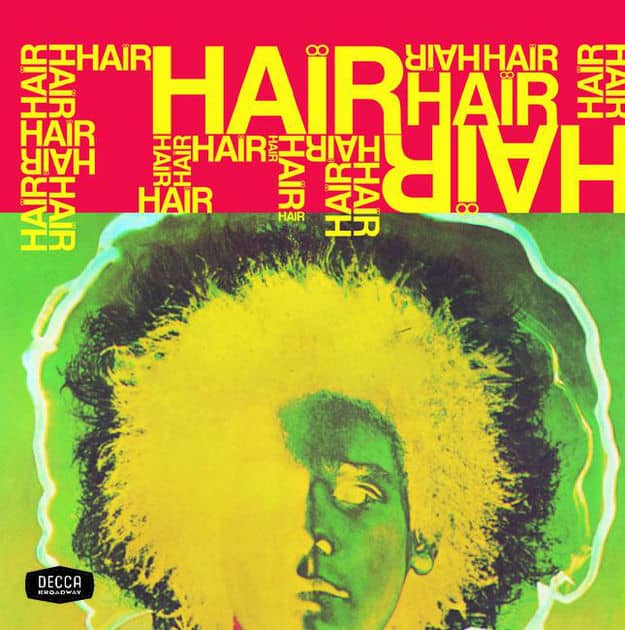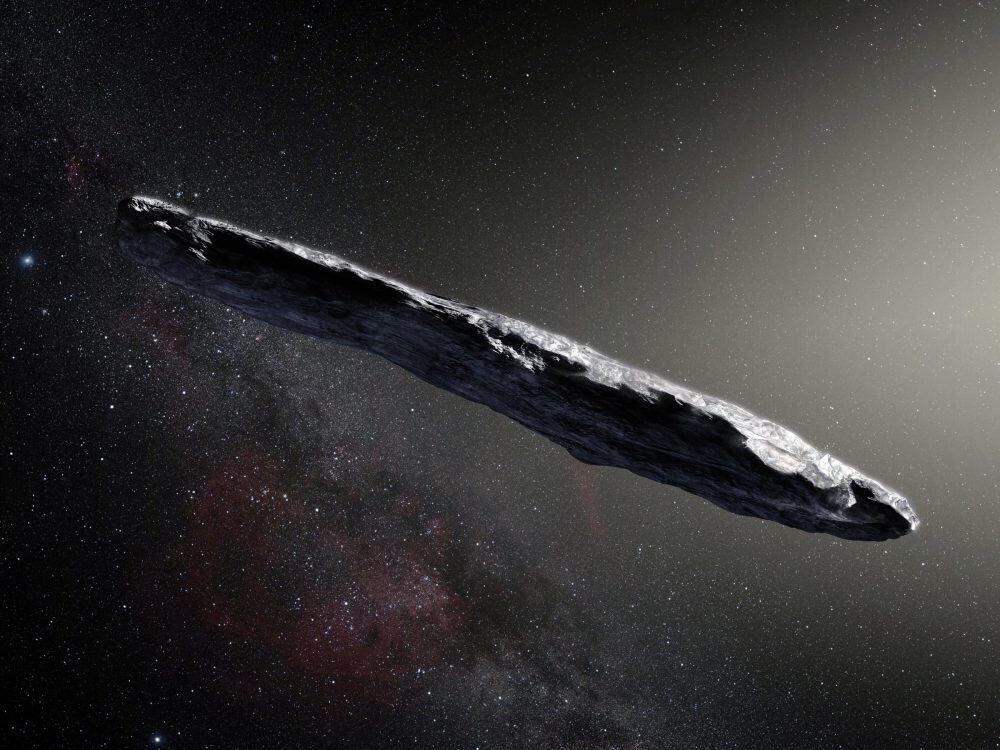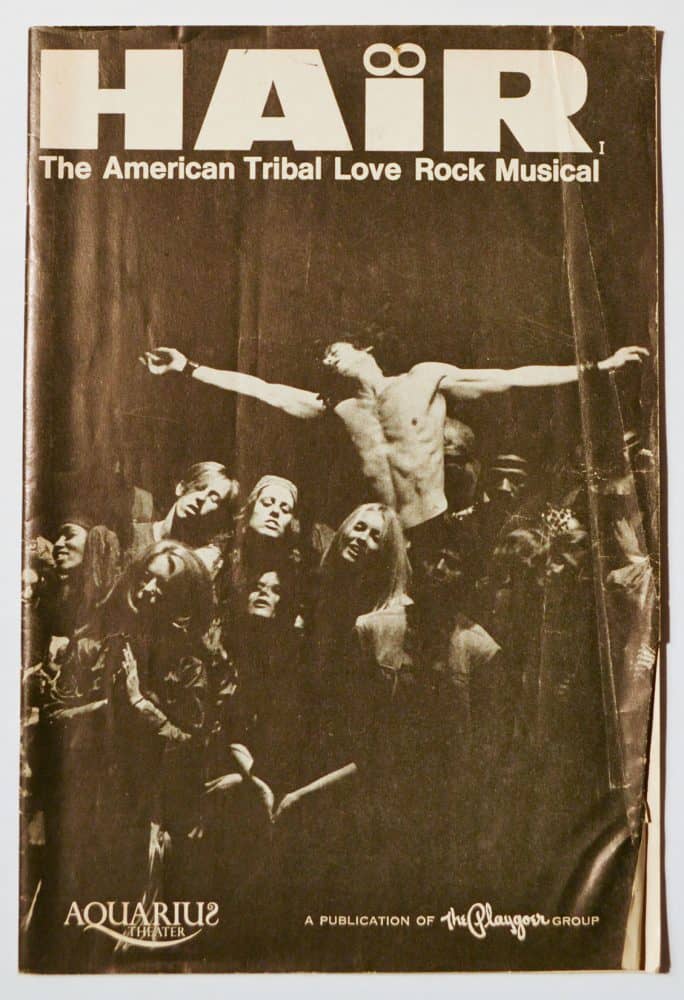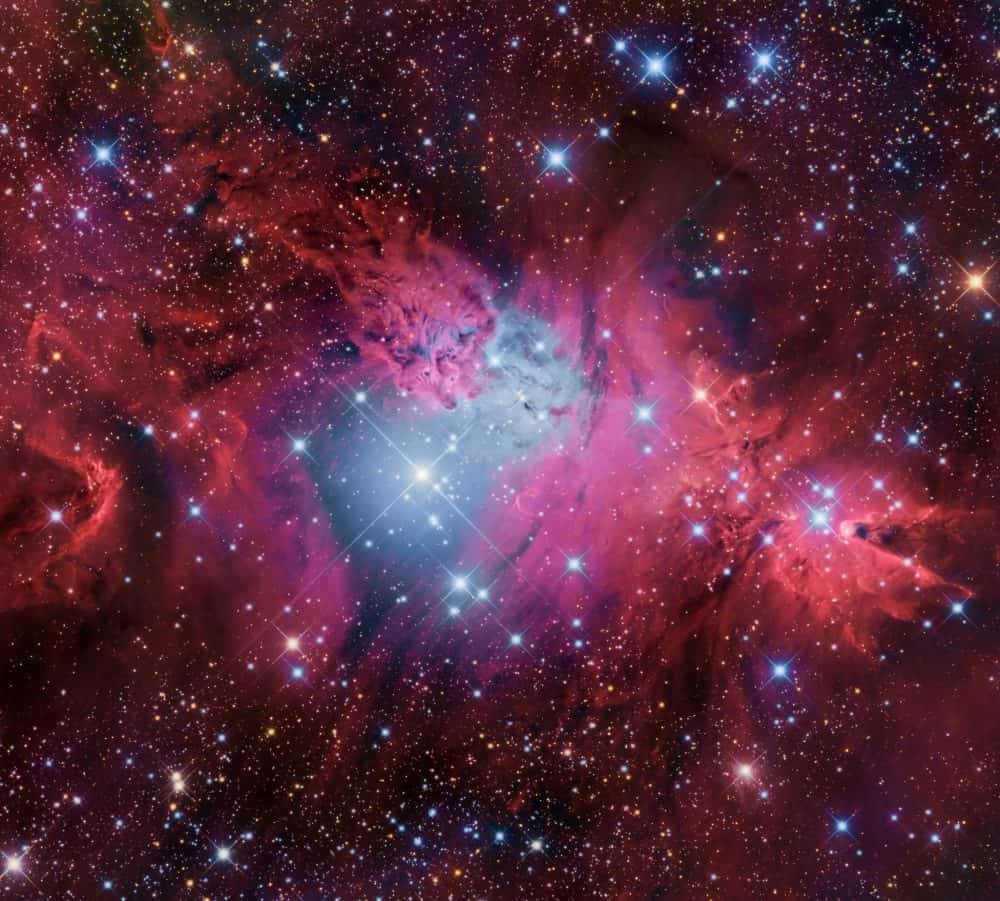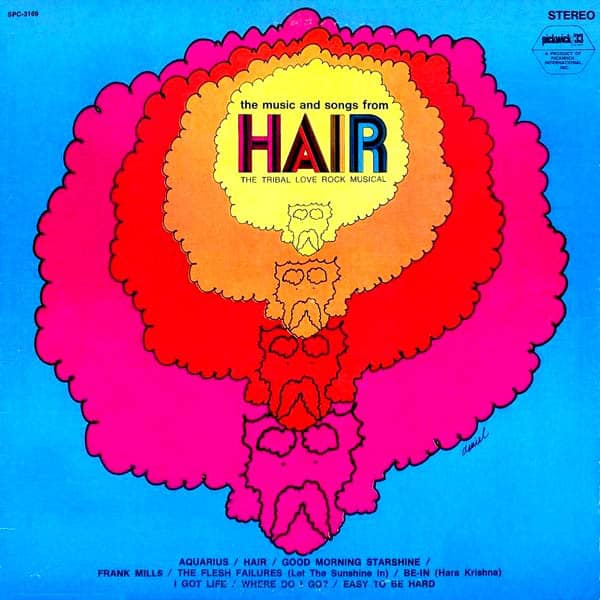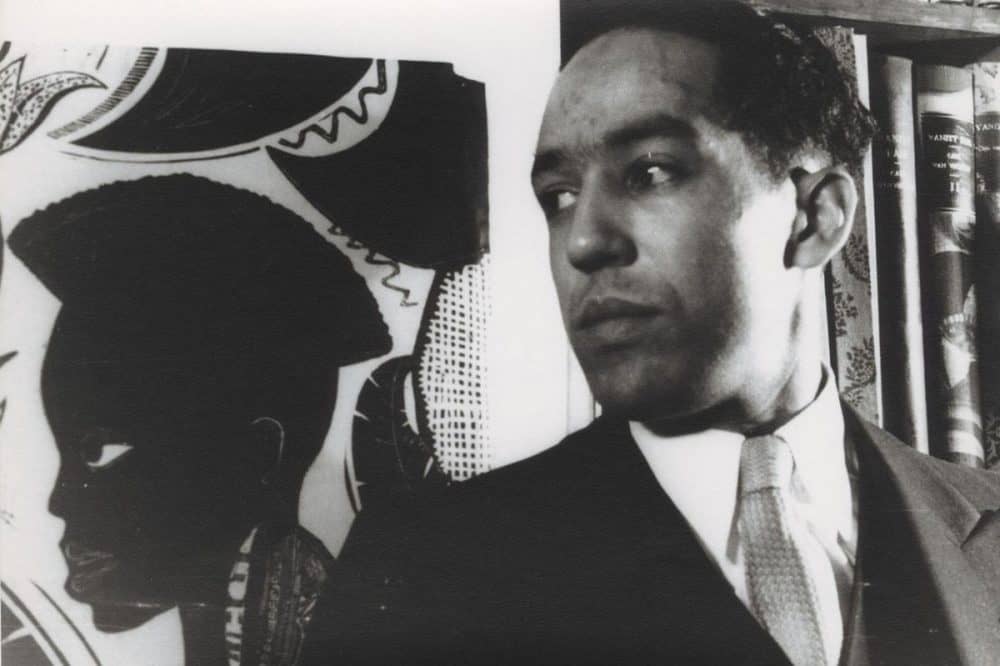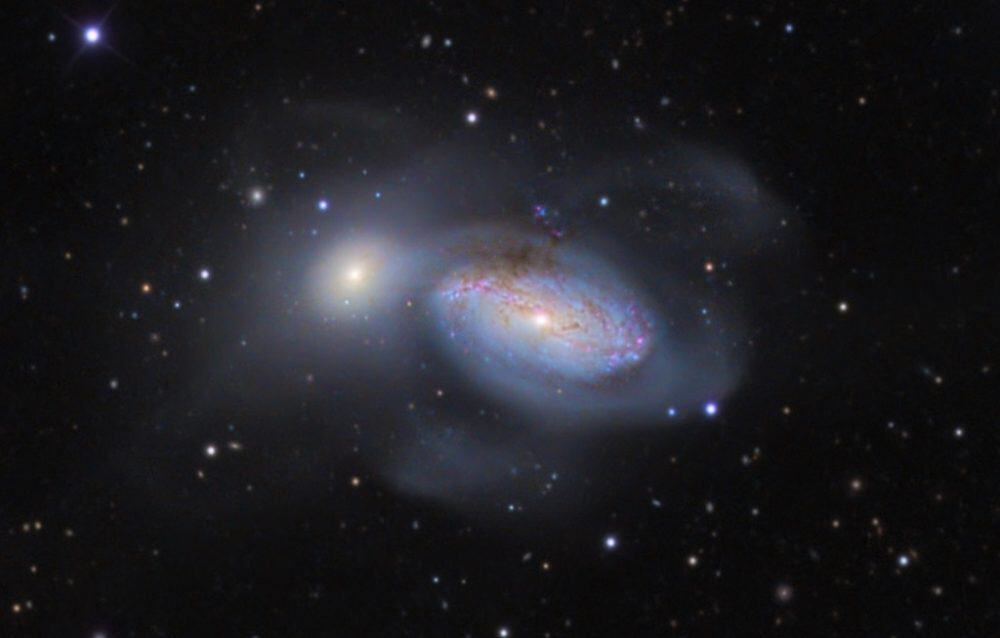Blog
Friday February 8 2019
Theater 55. performance #8 at the Mixed Blood Theater-Minneapolis 730pm 2 Acts
Music by Stephen Houtz, JD Lee and mick laBriola
more...“I love a good man outside the law, just as much as I hate a bad man inside the law.” Woody Guthrie
more...If there’s one story that left astronomers truly scratching their heads in 2018, it had to be the mysterious interstellar visitor known as Oumuamua. The odd cigar-shaped object flew through our Solar System in late 2017, and researchers spent much of last year just trying to figure out what the heck it was.
Theories are many, and scientists have suggested the usual suspects including a comet or asteroid, as well as more “out there” possibilities like an alien ship or probe. Now, one veteran astronomer is offering an entirely new theory, and he thinks he might have the evidence to back it up.
ʻOumuamua (/ʔoʊˌmuːəˈmuːə/, Hawaiian: [ʔowˌmuwəˈmuwə] (![]() listen)) is the first interstellar object detected passing through the Solar System. Formally designated 1I/2017 U1, it was discovered by Robert Weryk using the Pan-STARRS telescope at Haleakala Observatory, Hawaii, on 19 October 2017, 40 days after it passed its closest point to the Sun. When first seen, it was about 33,000,000 km (21,000,000 mi; 0.22 AU) from Earth (about 85 times as far away as the Moon), and already heading away from the Sun.
listen)) is the first interstellar object detected passing through the Solar System. Formally designated 1I/2017 U1, it was discovered by Robert Weryk using the Pan-STARRS telescope at Haleakala Observatory, Hawaii, on 19 October 2017, 40 days after it passed its closest point to the Sun. When first seen, it was about 33,000,000 km (21,000,000 mi; 0.22 AU) from Earth (about 85 times as far away as the Moon), and already heading away from the Sun.
ʻOumuamua is a small object, estimated to be about 100 m–1,000 m × 35 m–167 m × 35 m–167 m (328 ft–3,281 ft × 115 ft–548 ft × 115 ft–548 ft) in size. It has a dark red color, similar to objects in the outer Solar System. ʻOumuamua showed no signs of a comet coma (atmosphere) despite its close approach to the Sun, but underwent non-gravitational acceleration. This effect is seen in many icy comets, although other reasons have been suggested. Nonetheless, the object could be a remnant of a disintegrated interstellar comet (or exocomet), according to a NASA scientist. The object has a rotation rate similar to the average spin rate seen in Solar System asteroids, but is more elongated than all but a few other natural bodies. While a strengthless object (rubble pile) would require it to be of a density similar to rocky asteroids, a small amount of internal strength similar to icy comets would allow a relatively low density. ʻOumuamua is tumbling, rather than smoothly rotating, and is moving so fast relative to the Sun that there is no chance it originated in the Solar System. It also means that ʻOumuamua cannot be captured into a solar orbit, so it will eventually leave the Solar System and resume traveling through interstellar space. ʻOumuamua’s system of origin and the amount of time it has spent traveling amongst the stars are unknown.
more...Eddie Locke (August 2, 1930 – September 7, 2009) was an American jazz drummer.
Eddie Locke was a part of the fertile and vibrant Detroit jazz scene during the 1940s and 1950s, which brought forth many great musicians including the Jones brothers (Hank, Thad, and Elvin), Kenny Burrell, Lucky Thompson, Tommy Flanagan, Barry Harris, and so many others. He eventually formed a variety act with drummer Oliver Jackson called Bop & Locke which played the Apollo Theater. He moved to New York City in 1954, and worked there with Dick Wellstood, Tony Parenti, Red Allen, Willie “The Lion” Smith, and Teddy Wilson amongst others. During this time he came under the tutelage of the great Jo Jones, and eventually became known as a driving and swinging drummer who kept solid time and supported the soloist. During the late 1950s he formed two of his most fruitful musical relationships, one with Roy Eldridge, and the other with Coleman Hawkins. His recording debut came with Eldridge in 1959 on “On The Town”. He later became a member of the Coleman Hawkins Quartet in the 1960s along with pianist Tommy Flanagan and bassist Major Holley. That group made many fine records including the exquisite album “Today and Now”, in 1963. Throughout the 1970s, he played with Roy Eldridge at Jimmy Ryan’s in Manhattan, and wound out his career freelancing, as well as teaching youngsters at the Trevor Day School on Manhattan’s upper west side.
more...Alonzo “Lonnie” Johnson (February 8, 1899 – June 16, 1970) was an American blues and jazz singer, guitarist, violinist and songwriter. He was a pioneer of jazz guitar and jazz violinand is recognized as the first to play an electrically amplified violin.
Johnson was born in New Orleans, Louisiana, and raised in a family of musicians. He studied violin, piano and guitar as a child and learned to play various other instruments, including the mandolin, but he concentrated on the guitar throughout his professional career. “There was music all around us,” he recalled, “and in my family you’d better play something, even if you just banged on a tin can.
https://www.youtube.com/watch?v=Pp147XFLi4Y
more...World Music on Flamenco Fridays featuring Solea
The metre or “compás” of the soleá is one of the most widely used in Flamenco. Other palos have derived their compás from the soleá, including Bulerías por soleá, the palos in the Cantiñas group, like Alegrías, Romeras, Mirabrás, Caracoles or, to a certain extent, Bulerías. It consists of 12 beats, and could be described as a combination of triple and duple beat bars, so it’s a polymetre form, with strong beats at the end of each bar. The basic “skeleton” of the soleá rhythm, thus, follows this pattern:
(Each number represents a beat. Blue squares mean weak beats, while big brown dots are strong beats.)
Nevertheless, this is just an underlying structure, like a foundation, a kind of grid where flamenco artists creatively draw the rhythm by means of subdivisions, articulation, and less commonly, syncopation and accent displacement.
The first example of “palmas” is a very common, simple pattern:
Notice that palmas are often (though by no means always) silent during beats 4 to 6, even if beat number 6 is a “strong one”. This is specially true when no dancing takes place: the main interest there is the singing (or playing) and too much percussion can take attention away from the music. Those beats though are often marked when there is dance, or when performing other palos in the same metre like Alegrías or Bulería por soleá. However, these are not to be taken as hard-and-fast rules, but just as general guidelines.
A more complex example.
more...Theater 55 version of HAIR 7th show
Mixed Blood Theater-Minneapolis
Music by Stephen Houtz, JD Lee and mick laBriola
more...Clouds of glowing hydrogen gas fill this colorful skyscape in the faint but fanciful constellation Monoceros, the Unicorn. A star forming region cataloged as NGC 2264, the complex jumble of cosmic gas and dust is about 2,700 light-years distant and mixes reddish emission nebulae excited by energetic light from newborn stars with dark interstellar dust clouds. Where the otherwise obscuring dust clouds lie close to the hot, young stars they also reflect starlight, forming blue reflection nebulae. The telescopic image spans about 3/4 degree or nearly 1.5 full moons, covering 40 light-years at the distance of NGC 2264. Its cast of cosmic characters includes the the Fox Fur Nebula, whose dusty, convoluted pelt lies near the top, bright variable star S Monocerotis immersed in the blue-tinted haze near center, and the Cone Nebula pointing in from the right side of the frame. Of course, the stars of NGC 2264 are also known as the Christmas Tree star cluster. The triangular tree shape is seen on its side here. Traced by brighter stars it has its apex at the Cone Nebula. The tree’s broader base is centered near S Monocerotis.
more...Robert Nesta Marley, OM (6 February 1945 – 11 May 1981) was a Jamaican singer-songwriter who became an international musical and cultural icon blending mostly reggae, ska, and rocksteady in his compositions. He started in 1963 with the group the Wailers and forged a distinctive songwriting and vocal style that became popular with audiences worldwide. The Wailers released some of the earliest reggae records with producer Lee “Scratch” Perry.
The Wailers disbanded in 1974, and Marley pursued a solo career upon his relocation to England which culminated in the release of the album Exodus in 1977, which established his worldwide reputation and elevated his status as one of the world’s best-selling artists of all time, with sales of more than 75 million records. Exodus stayed on the British album charts for 56 consecutive weeks and included the UK hit singles “Exodus“, “Waiting in Vain“, “Jamming“, and “One Love“. In 1978, he released the album Kaya, which included the hit singles “Is This Love” and “Satisfy My Soul”. The greatest hits album Legend was released in 1984, three years after Marley died. It subsequently became the best-selling reggae album of all time.
Marley died on 11 May 1981 in Miami at age 36 of melanoma. He was a committed Rastafari who infused his music with a sense of spirituality.[10]:242[11] He is credited with popularising reggae music around the world and served as a symbol of Jamaican culture and identity. He has become a global symbol and has inspired a significant merchandise industry.
Bob Marley was born 6 February 1945 on the farm of his maternal grandfather in Nine Mile, Saint Ann Parish, Jamaica, to Norval Sinclair Marley (1885–1955) and Cedella Booker (1926–2008). Norval Marley was a white Jamaican originally from Sussex, England, whose family claimed Syrian Jewish origins.
more...Curtis Ousley (born Curtis Montgomery; February 7, 1934 – August 13, 1971), who performed under the stage name King Curtis, was an American saxophonist known for rhythm and blues, rock and roll, soul, blues, funk and soul jazz. Variously a bandleader, band member, and session musician, he was also a musical director and record producer. Adept at tenor, alto, and soprano saxophone, he played riffs and solos on such hit singles as “Respect” by Aretha Franklin, and “Yakety Yak” by The Coasters (the latter of which later became the inspiration for Boots Randolph‘s “Yakety Sax“) and his own “Memphis Soul Stew”.
The son of Ethel Montgomery, he was born Curtis Montgomery in Fort Worth, Texas, and was adopted, with his sister Josephine Allen, by Josie and William Ousley. Curtis Ousley attended I.M. Terrell High School, and studied and performed music with schoolmate Ornette Coleman.
more...Earl Silas Johnson IV (February 7, 1934 – April 17, 2003), known as Earl King, was an American singer, guitarist, and songwriter, most active in blues music. A composer of blues standards such as “Come On” (covered by Jimi Hendrix and Stevie Ray Vaughan) and “Big Chief” (recorded by Professor Longhair), he was an important figure in New Orleans R&B.
King started to play the guitar at the age of 15. Soon he started entering talent contests at local clubs, including the Dew Drop Inn. At one such club he met his idol, Guitar Slim. King started imitating Slim, and his presence had a big impact on his musical direction. In 1954, Slim was injured in an automobile accident (right around the time he had the number 1 R&B hit “The Things That I Used To Do”), and King was deputized to continue a tour with Slim’s band, representing himself as Slim. After succeeding in this role, King became a regular at the Dew Drop Inn.
His first recording was made in 1953. As Earl Johnson, he released a 78-rpm record, “Have You Gone Crazy”/”Begging at Your Mercy”, for Savoy Records. The following year, the talent scout Johnny Vincent introduced King to Specialty Records, for which he recorded some sides, including “Mother’s Love”, which was locally popular. In 1955, King signed with Vincent’s label, Ace. His first single for that label, “Those Lonely, Lonely Nights”, was a hit, reaching number 7 on the Billboard R&B chart. He continued to record for Ace for the next five years. During that time, he also he started writing songs for other artists, such as Roland Stone and Jimmy Clanton.
In 1960, Dave Bartholomew invited King to record for Imperial Records. In sessions for that label, he was backed by a host of musicians, including Bob French, George French, James Booker, and Wardell Quezergue. It was at this label he recorded his signature songs “Come On” and “Trick Bag“. The former has been a much-covered standard for decades, notably recorded by Jimi Hendrix,[4] Stevie Ray Vaughan and Anson Funderburgh. The latter has also been widely covered, with versions by the Meters and Robert Palmer. King co-wrote a number of songs with Bartholomew, either under his own name or under the pseudonym “E.C. King”
more...James Hubert Blake (February 7, 1887 – February 12, 1983), known as Eubie Blake, was an American composer, lyricist, and pianist of ragtime, jazz, and popular music. In 1921, he and his long-time collaborator Noble Sissle wrote Shuffle Along, one of the first Broadway musicals to be written and directed by African Americans. Blake’s compositions included such hits as “Bandana Days”, “Charleston Rag”, “Love Will Find a Way”, “Memories of You” and “I’m Just Wild About Harry“. The musical Eubie!, which opened on Broadway in 1978, featured his works.
Blake was born at 319 Forrest Street in Baltimore, Maryland, to Emily “Emma” Johnstone (1861–1927) and John Sumner Blake (1838–1917), both of whom had been slaves. He was the only surviving child of eight, all the rest of whom died in infancy. In 1894, the family moved to 414 North Eden Street, and later to 1510 Jefferson Street. John Blake earned US$9.00 weekly working as a stevedore on the Baltimore docks.
https://www.youtube.com/watch?v=s79Ab6xXf1A
more...Hair musical performance #6 early matinee 1pm
Mixed Blood Theater-Minneapolis
Music by Stephen Houtz, JD Lee and mick laBriola
more...“I tire so of hearing people say,
Let things take their course.
Tomorrow is another day.
I do not need my freedom when I’m dead.
I cannot live on tomorrow’s bread.
Freedom
Is a strong seed
Planted
In a great need.
I live here, too.
I want freedom
Just as you.”
Langston Hughes
more...NGC 3227 is an intermediate spiral galaxy that is interacting with the dwarf elliptical galaxy NGC 3226. The two galaxies are one of several examples of a spiral with a dwarf elliptical companion that are listed in the Atlas of Peculiar Galaxies. Both galaxies may be found in the constellation Leo.
| Distance | 77 ± 9 Mly (24 ± 3 Mpc) |
|---|
Sir William Herschel already recognised them as a ‘double nebula’[citation needed] and they were jointly listed as Holm 187 in the Catalogue of Double and Multiple Galaxies and as Arp 94 in the Atlas of Peculiar Galaxies. Amateur telescopes can discern them but require magnification of about 100 times. They are situated 50′ east of the well-known double star system Gamma Leonis (i.e. Algieba).
NGC 3227 contains a Seyfert nucleus, a type of active galactic nucleus (AGN). Such Seyfert nuclei typically contain supermassive black holes. This object has an estimated mass of 1.4+1.0
−0.6×107 M☉.
As is typical of many AGN, the nucleus of NGC 3227 has been identified as a source of variable X-ray emission.This variability occurs on time scales ranging from a few hours to a few months. The variability may be caused by variations in the density or ionization of gas and dust near the AGN that absorb the X-ray emission. A substantial amount of the X-ray-absorbing gas may lie within 0.4 parsec (1.3 light-years) of the nucleus. An observed change in the shape of the X-ray spectrum in 2000 and 2001 suggests that some of the X-ray absorbing gas is located within 10–100 light-days of the nucleus.
The luminosity of the nucleus reached a maximum in 1977 when evidence suggesting long-lived one-sided or two-sided gas streams was obtained. X-ray radiation of the central accretion disc is reprocessed in one to two days to be re-emitted in the optical spectrum. Infra-red light emission from the hot dust torus lags optical light emission from the nucleus by about 20 days in NGC 3227. The temperature of the dust torus is estimated at 1500 K to 1800 K in NGC 3227 and similar galaxies.
more...Natalie Maria Cole (February 6, 1950 – December 31, 2015) was an American singer, voice actress, songwriter, and actress. Cole is daughter of the acclaimed and pioneering American singer and jazz pianist Nat King Cole. She rose to musical success in the mid-1970s as an R&B artist with the hits “This Will Be“, “Inseparable” (1975), and “Our Love” (1977). Cole re-emerged as a pop artist with the 1987 album Everlasting and her cover of Bruce Springsteen‘s “Pink Cadillac“. In the 1990s, she re-recorded standards by her father, resulting in her biggest success, Unforgettable… with Love, which sold over seven million copies and also won Cole seven Grammy Awards. She sold over 30 million records worldwide. On December 31, 2015, Cole died at the age of 65 at Cedars-Sinai Medical Center in Los Angeles, California, due to congestive heart failure.
Natalie Cole was born at Cedars of Lebanon Hospital in Los Angeles, to American singer and jazz pianist Nat King Cole and former Duke Ellington Orchestra singer Maria Hawkins Ellington, and raised in the affluent Hancock Park district of Los Angeles.
more...More Posts
- Andrew Hill Day
- World Music with Nico Kasanda
- Daily Roots with Hortense Ellis
- The Cosmos with M24
- Gilberto Gil Day
- Julian Priester Day
- World Music with Paco De Lucia
- Daily Roots with Alton Ellis & the Heptones
- The Cosmos with Sharpless 2-106
- John Medeski Day
- David Honeyboy Edwards Day
- World Music with Odpoczno
- Daily Roots with Ras Tweed
- The Cosmos with M8
- Johnny “Big Moose” Walker Day
- Elmo Hope Day
- Shad Collins Day
- World Music with Eleftheria Arvanitaki
- Daily Roots with Israel Vibration
- The Cosmos with NGC 1187
